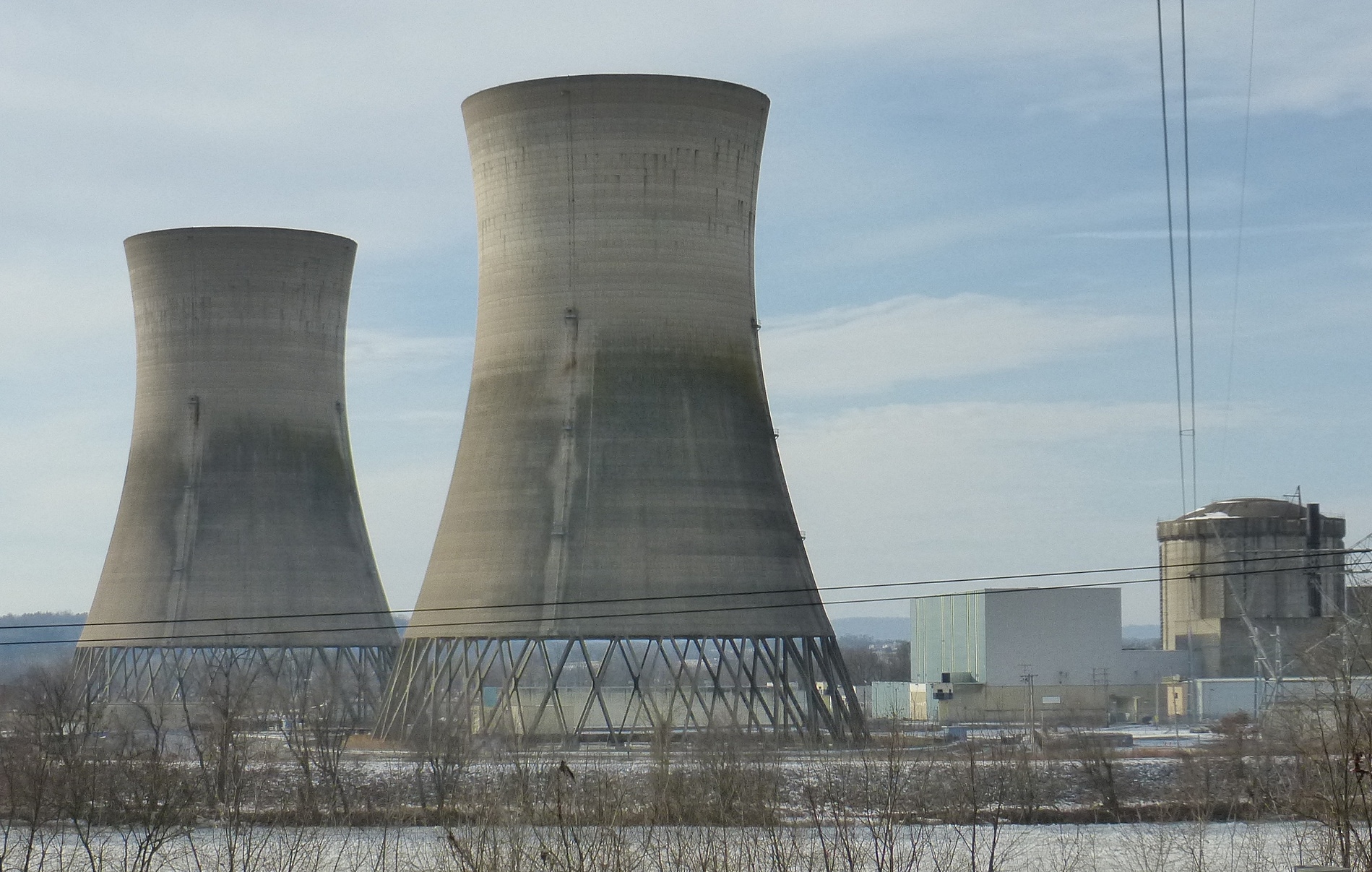In every process, industry water is used as raw material and as a utility. After processing in operation water will be hot, to cool down this water cooling tower is used.
What is a cooling tower?
A cooling tower is one type of heat exchanger where water and air come into contact and heat transfer takes place from water to air.Here direct contact between water and air is done. In this operation around 2% of water is evaporated that's why it also called 'evaporative cooling. To maximize heat transfer area some times packing also provided.
Some terminology used in the cooling tower:
Blowdown: To maintain the deposited solid in a certain limit to prevent scaling and fouling of the cooling tower some part of circulating water is drained out from the bottom of the cooling tower. With this water deposited solids also remove. This Operation is called the blowdown operation.
Range: It is the difference between inlet hot water temperature and outlet cooled water temperature.
Approach: It is the difference between outlet cooled water temperature and wet bulb temperature of inlet air.
Governing factors in the cooling tower:
Hot water temperature
Contact time of air-water
Dry and wet bulb temperature of the air
Distribution of air and water in the cooling tower
Air pressure drop
In which temperature range water have to cool.
Classification of the cooling tower:
Based on governing factors discussed above and operating arrangements cooling towers are classified as:
(1) Atmospheric cooling tower :
This is a very simple and basic type of cooling tower. This type of cooling tower looks like a rectangular chamber consisting of louvres (inclined blades for air inlet) at the walls of the cooling tower. Here cooling is done by atmospheric air and no force is given to air for cooling.Advantages: Construction is easy and cheap no fan, and packing needed.
- The operating cost of this cooling tower is low, power consumption only in pumping the water.
Disadvantages: It totally depends on air velocity and direction, efficiency is lowest in this type of cooling tower.
(2) Natural draft cooling tower:
This type of cooling tower is hyperbolic in shape. There are three reasons for hyperbolic shape.- More packing can be filled at the bottom because of this shape.
- Air easily directed at the centre of the tower and good contact between air and water can take place.
- The height of this type of tower is generally high and the hyperbolic shape gives greater structural strength and stability to the tower wall.
Because of air contacted with hot water, it's the increased air temperature and humidity in the tower, hence the difference in density of the air inside the tower and outside the tower creates a natural flow of air. To increase air velocity of air sometimes fans also included at bottom of the tower.
Advantages: This type of tower is used when need to handle a large quantity of water like in a steam power generation plant.
- operating and maintenance cost is low.
Disadvantages: Because of the large tower area and height initial cost is high.
(3) Mechanical draft cooling tower :
Construction of this type of cooling tower is small and easy compared to the natural draft cooling tower. It's rectangular in shape. Based on the fan located on the tower it has two types:(A) Forced draft cooling tower:
In this fan, airflow is located at bottom of the tower. Air forced by a fan from the bottom and contacted with water coming from the top.
Advantages: Vibration created by a fan in the tower is less compared to an Induced draft tower because the fan is fitted at ground level.
Disadvantages: The distribution of air in the tower is not uniform because thrown air by forced draft can't be in the centre.
- Some part of the air can recirculate back in the tower which has high temperature and humidity affects the performance of the tower.
(B) Induced draft cooling tower:
In this type of tower, the fan is located at the top of the tower. Fan creates a vacuum at the top and it sucks air towards the top. In this type distribution of air is uniform because the suction is at the centre of the tower. Based on the airflow direction of contact with water it is further divided into two types.
(1)Counterflow induced draft tower:
In this type, louvres are only at the bottom, so air comes from the bottom and the counter currently contacted with water.
Advantages: Maximum driving force for cooling.Warm water inlet contacts with humid air at the top and cooled water contact with fresh dry air.
- Cells (consists of fan, distributor, accessories) can be added when required to increase capacity.
Disadvantages: The power required for the fan is higher than cross flow because of the restricted area of the bottom.
- Spray nozzles of water are difficult to clean.
(2) Crossflow induced draft tower:
In this type, louvres are provided at the whole sidewall. Air comes from louvres passed through packing and water cross currently.
Advantages: Less Power required for the same airflow than the counter current-induced draft tower.
- The hot water basin above packing is easily cleanable.
Disadvantages: Because of louvres provided at the whole wall side more sunlight can enter in interior part which increases algae growth in the tower.
(4) Spray filled towers:
It works on the same principle as spray tower. Water is sprayed from the top and the induced fan suck air from the bottom contact counter currently.Advantages: No packing needed.
Because of simple construction, the initial cost is low.
Disadvantages: less efficient than other induced draft cooling tower.



Nice articles and your information valuable and good articles thank for the sharing information COOLING-TOWER
ReplyDelete